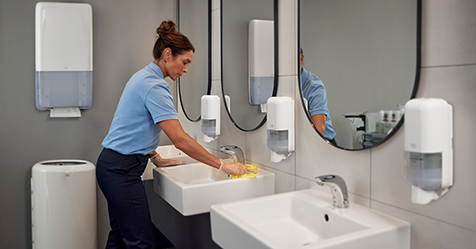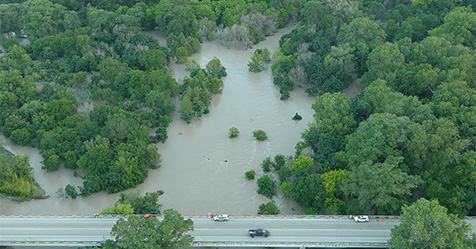Employees Returning to Work Spurs Building Upgrades
Office facility managers should prepare for increased maintenance costs
After almost two years of working remotely or in hybrid schedules, more office workers will return to their buildings in 2022. Facility managers preparing for this return will notice various pandemic-related expenses and an increase in maintenance costs, The New York Times reports.
More robust air filtration and newly installed outdoor spaces are among the facility features deemed necessary due to the coronavirus pandemic. New cleaning practices will also add to the facility services bill, along with new amenities landlords are offering to lure tenants back.
The cost to run an office facility today still remains lower than pre-pandemic levels, but not as significantly as many facility managers expected due to complicated factors. For instance, having fewer employees on site leads to less daily cleaning and trash collection. However, those reduced janitorial services are often offset by the price for deep disinfecting, as well as higher labor costs for maintenance. Spending on supplies like coffee filters, pens, and paper towels may be down, but they have been replaced by purchases like hand sanitizer and masks.
As the SARS-CoV-2 virus is spread through airborne transmission, building operations have focused on air quality. Many companies are installing more robust air filters to screen out virus particles or replacing the building’s air more frequently. Water and electricity use may be lower than usual, but even with fewer people in the building, heating, ventilation, and air-conditioning systems costs have increased. New HVAC equipment for a 10,000-square-foot office building can cost up to US$100,000 to install and add a 5% to 10% increase to monthly bills.
Maintaining new amenities such as rooftop and patio spaces for workers will mean additional costs like heating or cooling. Facilities also face installation costs for touch-free technology to operate doors, faucets, trash bins, and lighting to help building inhabitants avoid germs.
Before the pandemic, developers were already offering services like dry cleaning, shoe repair, and grocery pickup. As companies compete for employers during the worker shortage, creating an environment that has the right amenities will become part of hiring and retention. These amenities might include workout facilities, showers, health clinics, indoor and outdoor greenery, bicycle parking, or lockers where packages can be delivered. As one of the pandemic’s biggest challenges has been child care, some properties are creating on-site child care facilities, which will include not only the initial construction costs, but also add to monthly janitorial fees.
Learn more about pandemic challenges of the built environment and returning to the office in the Straight Talk! video below.


